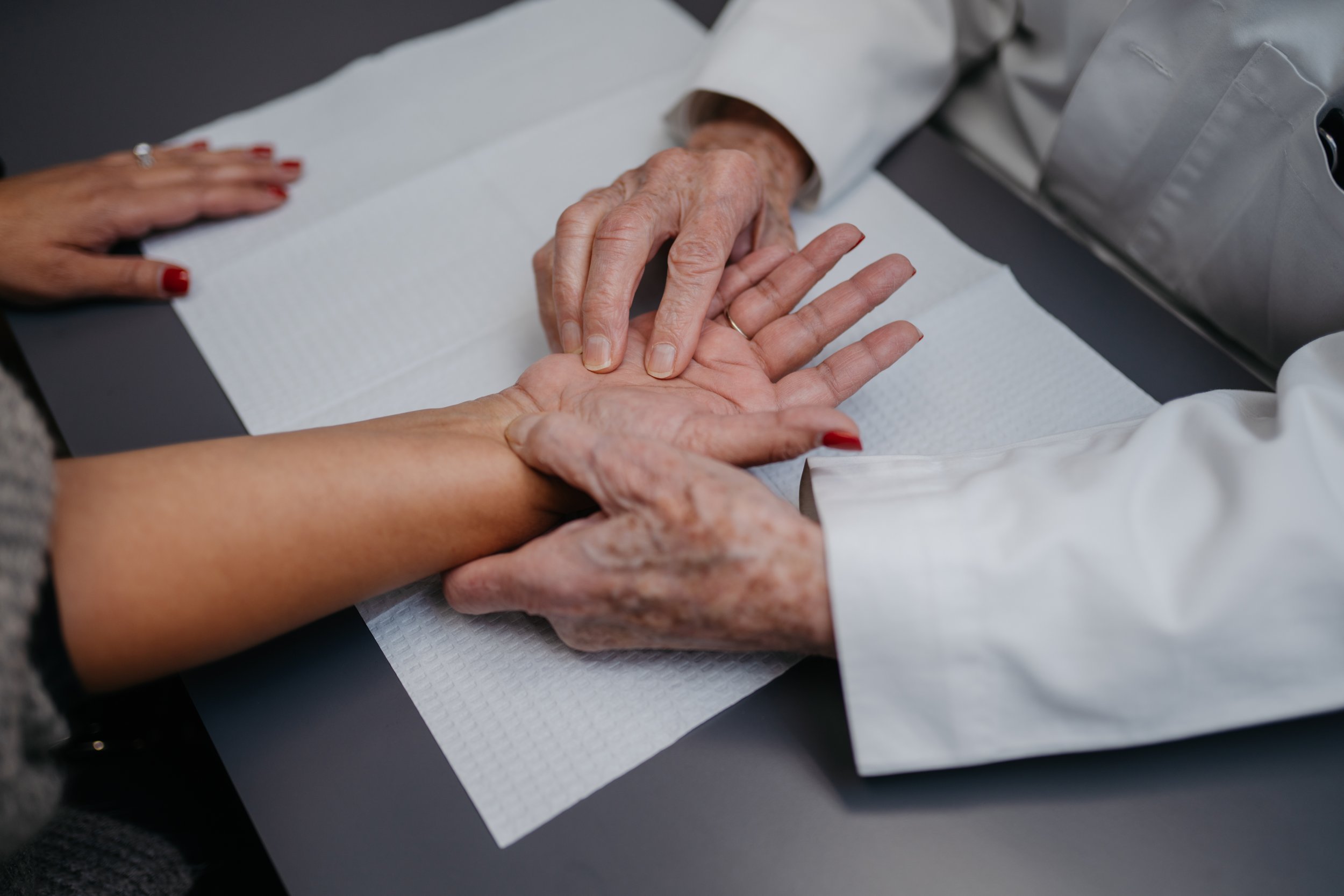
reverse Shoulder Replacement Experts in san antonio
What Is a reverse shoulder replacement?
A reverse shoulder replacement is a type of shoulder surgery where the normal ball-and-socket structure of the shoulder joint is switched. In this procedure, the position of the joint is reversed, placing the ball on the shoulder blade and the socket on the upper arm.
This design allows the deltoid muscle, rather than the damaged rotator cuff, to power shoulder movement. For people with severe shoulder arthritis, major rotator cuff tears, or repeated shoulder surgeries, this provides a stable, reliable way to restore function and reduce pain.
Who Is a Candidate for Reverse Shoulder Replacement?
You may benefit from this surgery if you have:
A massive or irreparable rotator cuff tear
Severe shoulder arthritis (cuff-tear arthropathy)
A complex or previously failed shoulder replacement
Chronic shoulder instability
Severe fractures of the upper arm or shoulder socket
A consultation with a shoulder specialist in San Antonio at our center can help determine whether this procedure is the right solution for your condition and lifestyle.
If more conservative measures have failed to relieve your shoulder pain, it's best to see a shoulder specialist as soon as possible. Early intervention can be beneficial in preventing further damage. A delay in treatment may lead to more severe or lasting issues.
Why Choose Reverse Shoulder Replacement Surgery?
Patients often turn to reverse shoulder replacement surgery in San Antonio when nonsurgical methods, such as injections, medications, or therapy, are no longer effective. This procedure may help you:
Significantly reduce shoulder pain
Improve arm mobility when lifting overhead
Restore strength needed for daily tasks
Regain independence in simple movements like grooming, reaching, or dressing
Many patients experience life-changing improvements in shoulder stability and comfort.
What to Expect During Reverse Shoulder Replacement Surgery
At the Hand & Upper Extremity Center of San Antonio, your care begins with a thorough evaluation, including a physical exam and advanced imaging. If surgery is recommended, here’s what you can expect:
1. The Procedure
Reverse shoulder replacement surgery typically takes about 1–2 hours. Your surgeon removes the damaged joint surfaces and replaces them with specially designed implants that reverse the normal shoulder anatomy.
2. Recovery
You’ll wear a sling for several weeks, followed by guided rehabilitation with our Certified Hand & Upper Extremity Therapists to safely rebuild strength and motion.
3. Expected Outcomes
Most patients experience a dramatic decrease in pain and steady improvement in shoulder movement over the following months.
Why Choose The Hand & Upper Extremity Center of San Antonio for your reverse shoulder replacement surgery?
Choosing the right specialists makes a significant difference in your recovery and long-term results. When you trust our team for reverse shoulder replacement in San Antonio, you receive care from fellowship-trained surgeons with extensive experience in modern shoulder reconstruction techniques.
Our coordinated team, including surgeons, physician assistants, certified therapists, and support staff, provides personalized guidance from your first visit through full recovery. We focus on safety, comfort, and advanced treatment options designed around your specific needs and goals.
Meet Our Physicians
-
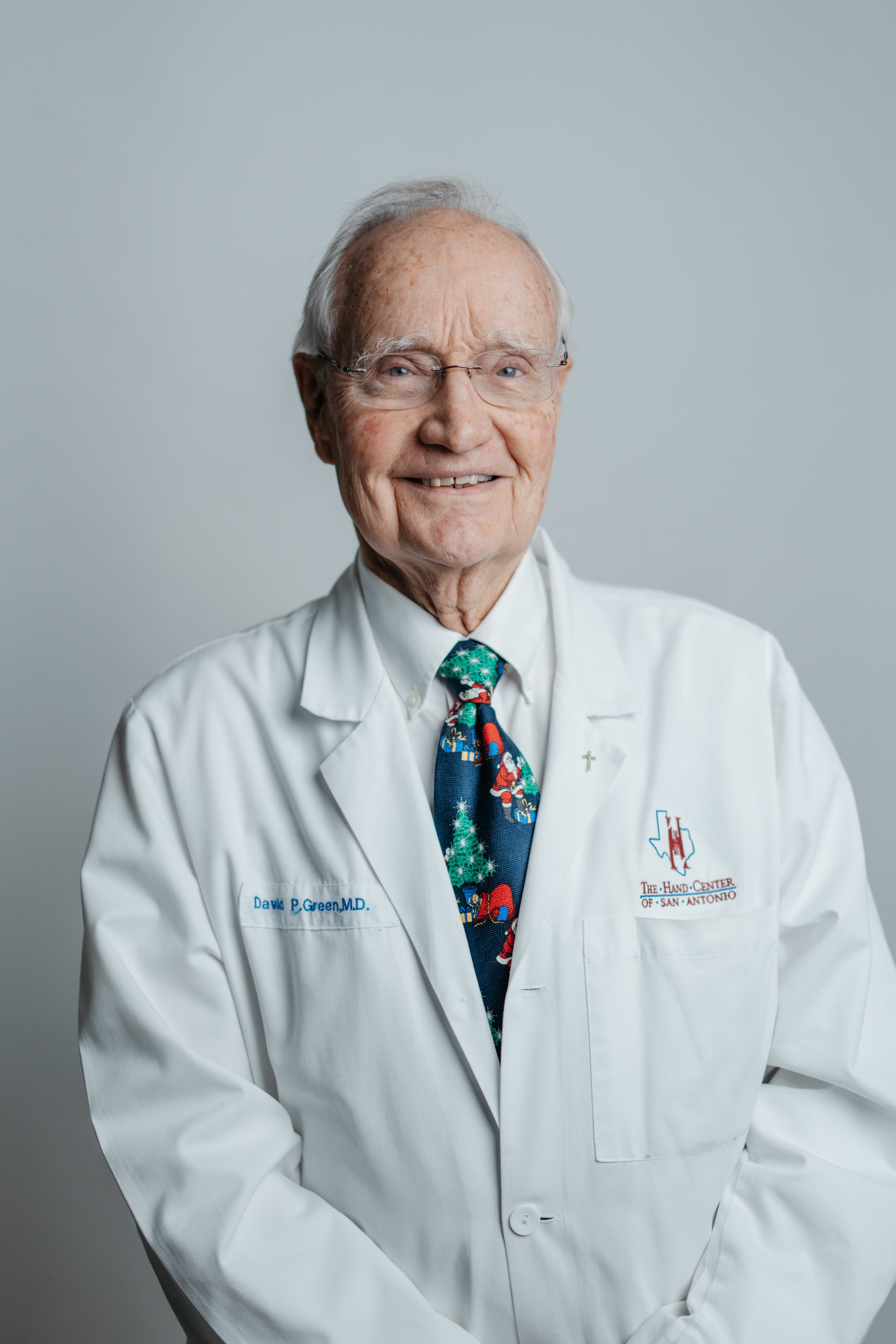
David P. Green, M.D.
-

Mark Bagg, M.D.
-

David W. Person, M.D., F.A.C.S.
-

Ramesh C. Srinivasan, M.D.
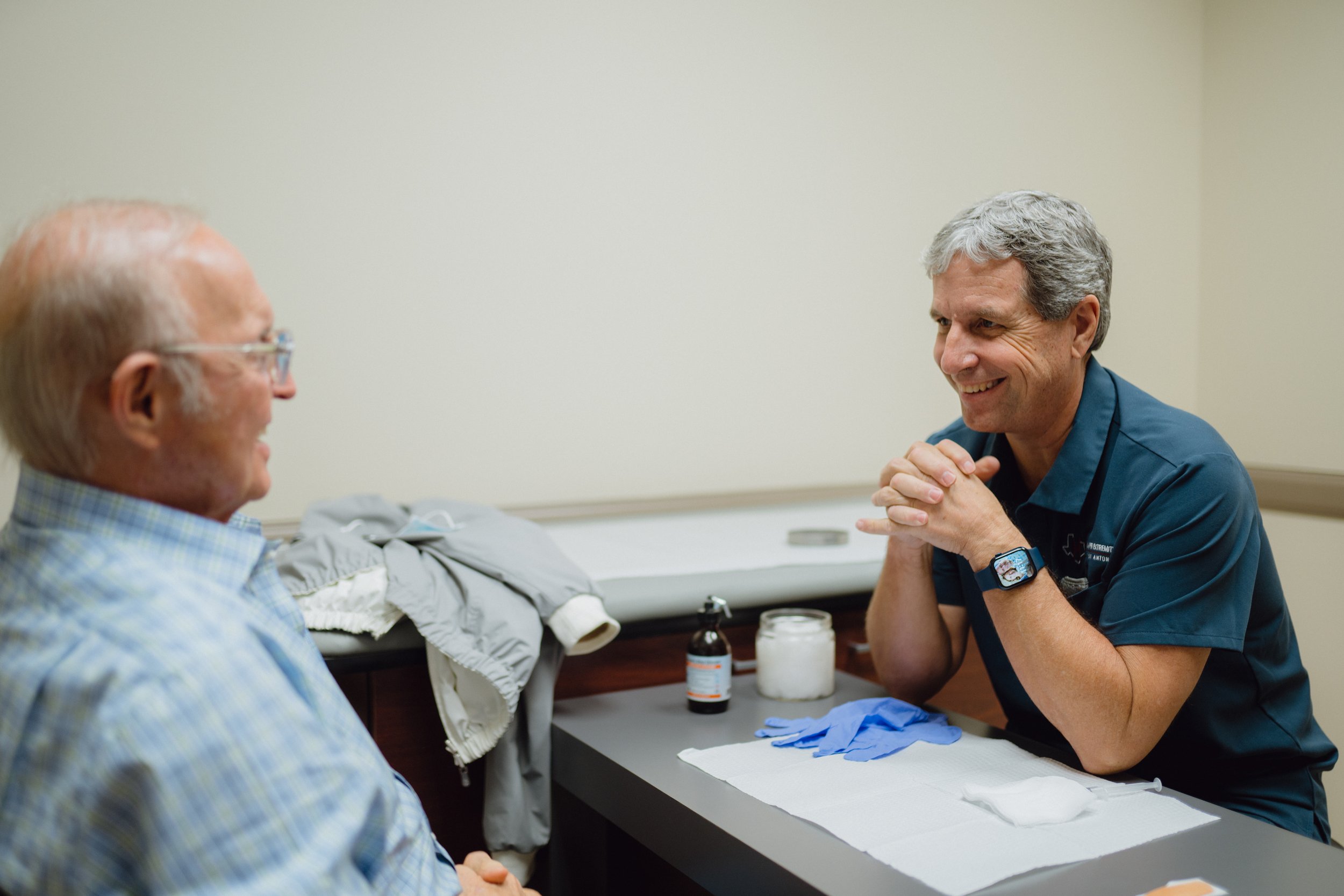
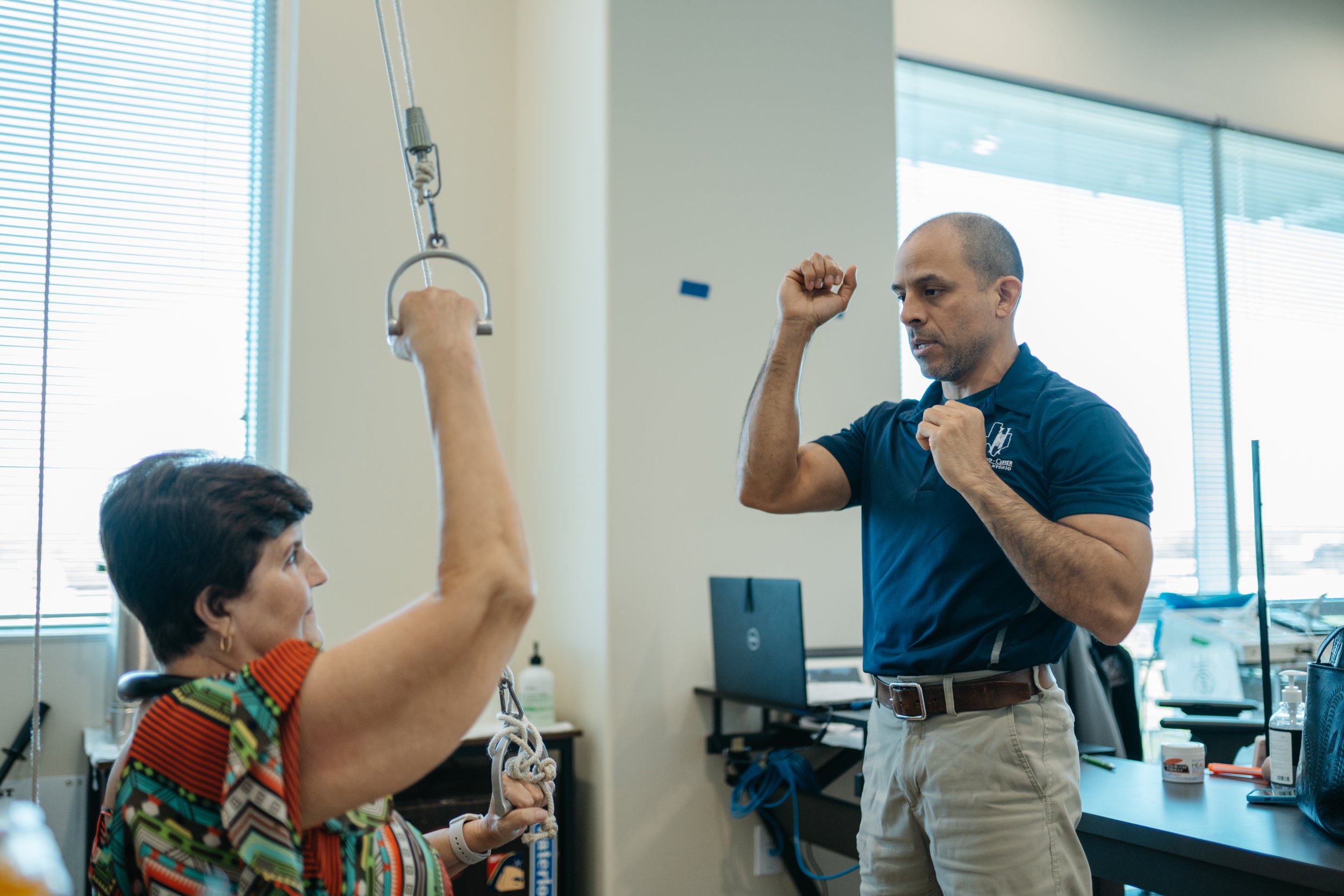
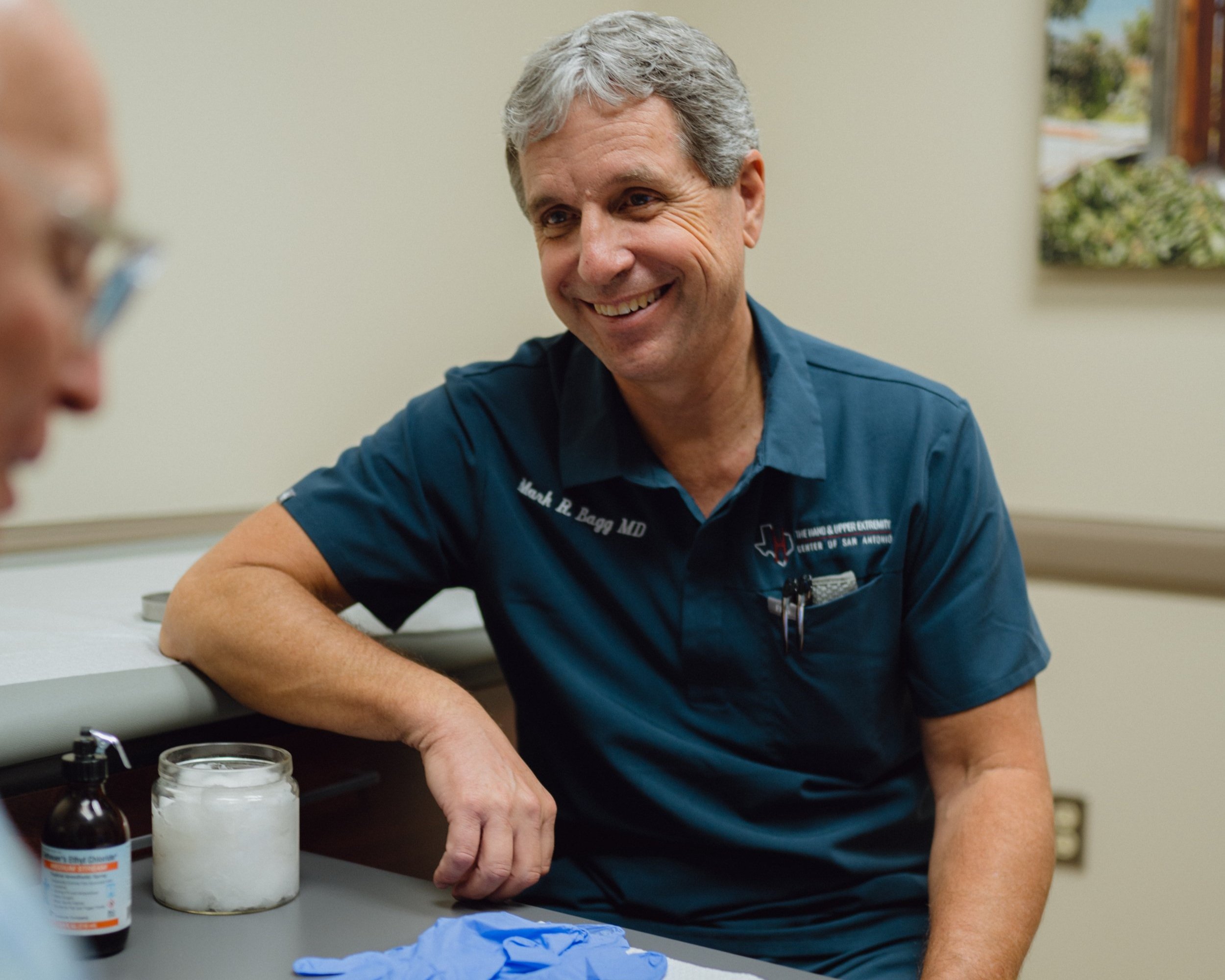



OTHER Shoulder RELATED ISSUES WE CAN HELP WITH
check out our latest blog posts regarding Shoulder Injuries
Did you know we offer in-house therapy?
Hand therapy is a merging of occupational and physical therapy theory and practice that combines comprehensive knowledge of the structure of the upper limb with function and activity. Using specialized skills in assessment, planning and treatment, hand therapists provide therapeutic interventions to prevent dysfunction, restore function and/or reverse the progression of pathology of the upper limb in order to enhance an individual’s ability to execute tasks and to participate fully in life situations.
